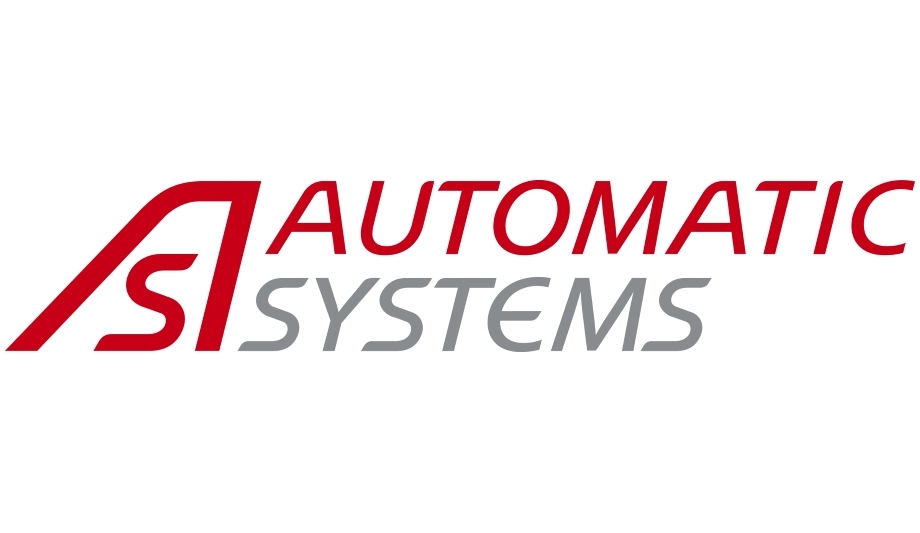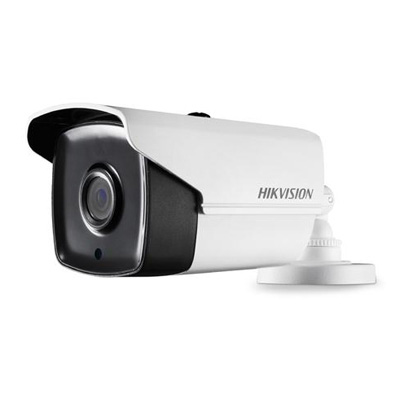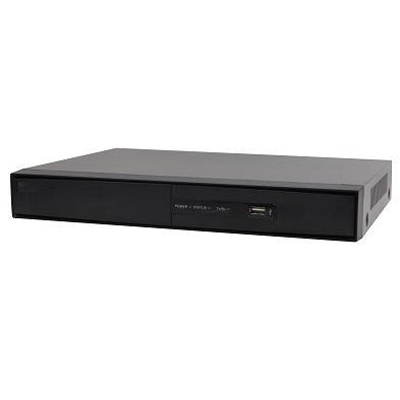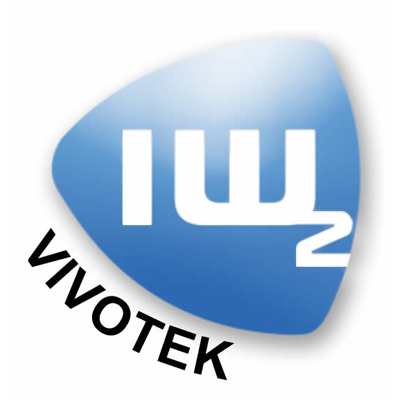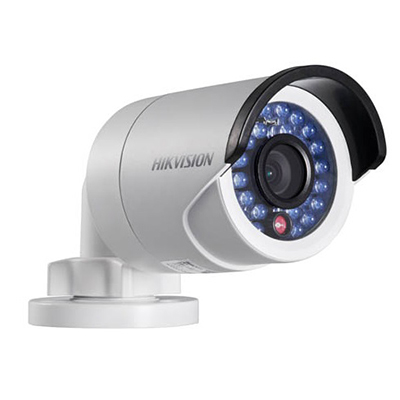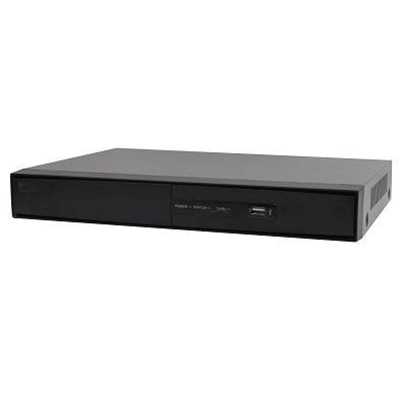Automatic Systems, a manufacturer of pedestrian and vehicle entrance control access systems, announces that two of its automatic gates, the BLG 76 and BLG 77, have earned ETL listing to UL 325 standards. These redesigned, full-height automatic vertical lift gates are recognised for their reliability and low cost of ownership, while providing long-term access control to a facility’s perimeter. These BLG7 gates join other Automatic Systems products that are UL or ETL certified for user safety.
The ETL Certifications to UL 325 standards for these Automatic Systems gates spell good news for installing dealers and integrators who need to provide their end users with perimeter security while also complying with increasing safety regulations. The UL 325 standards seek to protect people from accidents involving automated gates. To help significantly reduce the risk of injury or death caused by automated gates, it’s important that installers and technicians adhere to the UL 325 standards on each and every gate installation.
Full-height automatic gate
The Automatic Systems BLG 77 gate, ETL listed to ensure user safety, is a reinforced rising fenced barrier that is the preferred alternative to a sliding gate. One of the fastest full height automatic gates on the market, it is capable of opening a passage width of 20 feet in seven seconds and is an ideal solution for high traffic applications that require strict entry control.
Automatic Systems redesigned these gates to implement the entrapment protection needed for the UL 325 standard
These barriers are used at sensitive sites requiring a high level of security such as ports, airports, logistics companies, and military installations. The BLG 76 rising fenced barrier, which can control a passage of up to sixteen and a half feet wide, is equipped with aluminium fencing. Its fast speed and smaller footprint also make it a solid alternative to a sliding gate.
Automatic Systems redesigned these gates to implement the necessary entrapment protection needed to comply with the UL 325 standard. It requires that, after sensing an obstruction, reversing must begin within two seconds. This requirement is intended to keep a person from being entrapped in a stationary position by the gate system.
Quick opening and closing speed
After the first contact, the gate must reverse and travel a minimum of two inches. If a second contact is detected by a Type A device (inherent sensor), the gate must stop only and not reverse. If a second contact is detected by Type B1 or B2 device (photoelectric sensor or edge sensor), the gate must stop but may also reverse. The ETL Certified Automatic Systems gates also comply with the ASTMF2200 standard.
“Automatic Systems is committed to meeting the growing industry gate safety standards required,” says David Enderle, Automatic Systems’ VP of Sales. “We proactively sought these ETL Certifications to deliver the highest level of security and safety to our installers and end users. The BLG7 gate family offers the fastest opening/closing speed with the smallest footprint in the industry. Our ETL Certifications to UL325 standards are indicative of our commitment and ongoing dedication to remaining a trusted and world-leading provider of automated secure entrance control solutions.”
